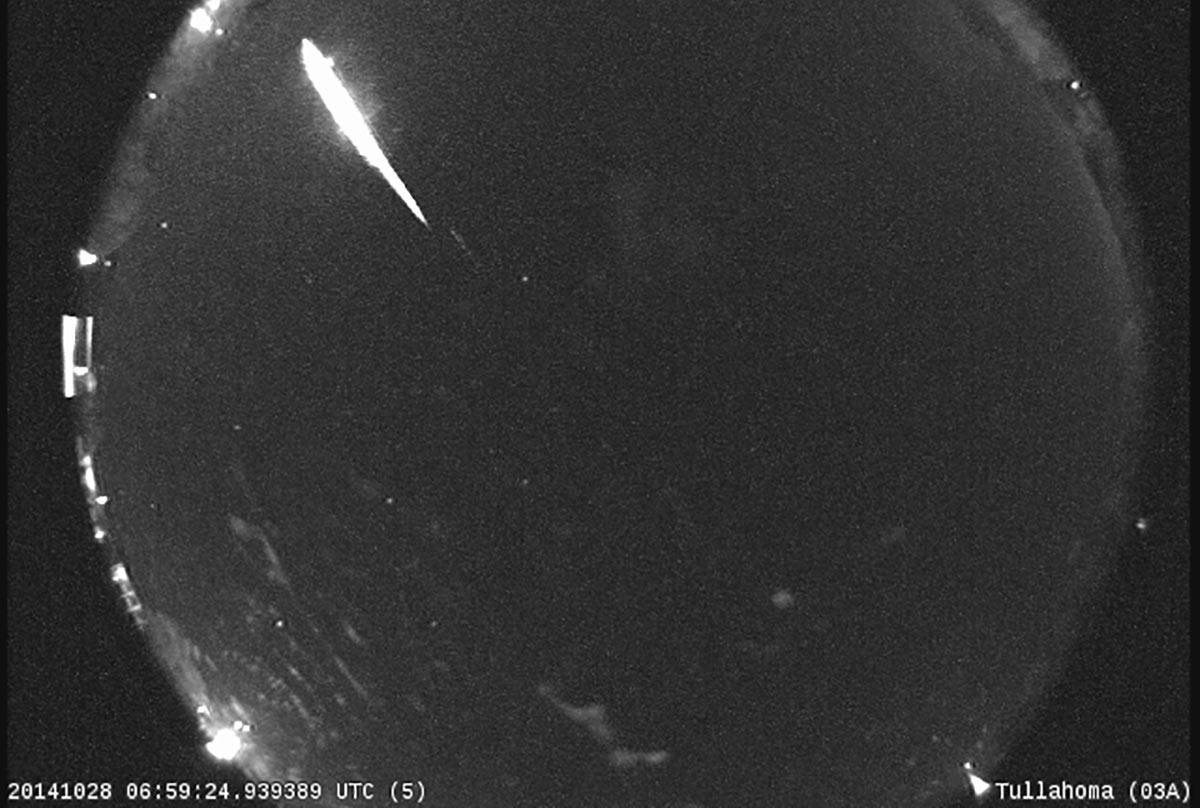Taurid meteors infrequent, but can be bright in Las Vegas night sky
Infrequent but bright fireballs might be visible in the Nevada sky the next few nights as the annual Taurid meteor shower reaches its peak.
Although infrequent, the “shooting stars” of Taurid can be brighter than other meteors, according to NASA. The normal rate is about five per hour, and the peak is Nov. 12 although some will continue through Nov. 20.
“The Taurids are rich in fireballs, so if you see a Taurid it can be very brilliant and it’ll knock your eyes out, but their rates absolutely suck,” NASA meteor expert Bill Cooke told Space.com. “It’s simply the fact that when a Taurid appears it’s usually big and bright.” Typically, the Taurids produce only a handful of visible meteors per hour.
Every year from September to mid-November, the Earth passes through a broad stream of debris left by Comet Encke, according to NASA. The dust associated with the comet hits the Earth’s atmosphere at 65,000 mph and burns up, creating the Taurid meteor shower. Most years the shower is weak, and only a few Taurid meteors can be seen each night. Other years, the Taurids can put on a show.
“Taurid meteors tend to be larger than the norm, which means they are bright, many being fireballs,” says a NASA blog. “They also penetrate deeper into Earth’s atmosphere than many other shower meteors. For example, Orionids typically burn up at altitudes of 58 miles, whereas Taurids make it down to 42 miles. Some can get even lower — on the night of Nov. 6, our meteor cameras tracked two 1-inch North Taurid meteors, both getting down to an altitude of of 36 miles.
Contact Marvin Clemons at mclemons@reviewjournal.com. Follow @Marv_in_Vegas on Twitter.

















